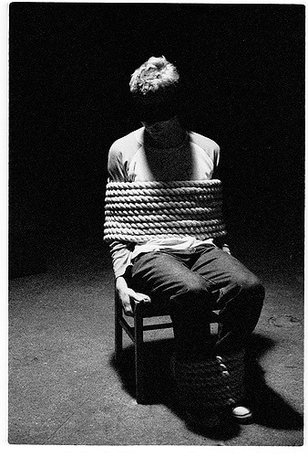 If you are tied up, take your time to examine your bindings If you are tied up, take your time to examine your bindings ATTACHMENTS - THE HIDDEN TIES The Buddha said “The root of suffering is attachment.” What did he mean by this and how can it help us to understand how we can live differently? This blog is all about how to live life with a better relationship to suffering. Like I’ve said in many other blogs you can’t avoid suffering it’s part of love, but you can 'enjoy' the process, rather than just suffer it. This elaborates on my blog about owning your shit. So, first of all, by attachment I think the Buddha was referring to ‘need’, ‘craving’ and ‘identification with a fixed idea’. The best expression I know for this is 'Limiting-Self-Beliefs'. For example, the elephant in the picture believes it cannot break the chain, because it was chained from birth. After trying so many times it gave up, even though as an adult it probably could break them it believes the story of 'I can't move further than my TIES allow'. My theory of this is devised to help me remember how us humans generally become attached to:
SO, TAKE A SEAT When we view them in this order they form TIES, which I find is a useful reminder that they bind me to a rigid and painful way of being - a complex web of TIES requires gradual and persistent loosening and here is my main method - it’s called taking a SEAT (flipping the priority of our awareness). This is a simple process of meditation, where we allow ourselves to slow down and connect with the senses first and see:
When we look at it, sit with it, in non reaction, we naturally reduce the fuel that is energising the story. We also reduce the adrenaline and cortisol in the bloodstream, released as a mind-body connection that is created by psychological stress. So let’s take a deeper look at the TIES so that we can understand and recognise them. Only then can we begin to loosen them. TIES TO THOUGHTS Firstly we often identify with our thoughts, as roles and stories, naturally. As the author of Sapiens, Yuval Noah Harari, describes: “Our massive brains have a vivid imagination. Human beings are the only animals that can see and feel complex things that don’t exist - like the idea of a heaven, or the collective idea and agreement of money. This ability has helped human beings thrive, by working together in millions, unified by common stories of accepted truth. Humans live double lives - one in the reality of natural law (like the animals) and one in the stories we tell ourselves - our collective social laws, etiquette and conditioned behaviour. Stories give us a sense of purpose and drama, which can seem more important than reality, which seems mundane and unimportant, in comparison. The more we get involved in the stories and rigidly ‘believe’ the more we fight against others or the reality that challenge them. These ’beliefs’ lead us to wars and sacrifice of our own lives and create immense suffering.” But of course Shakespeare said it best: “There is nothing either good or bad but thinking makes it so”. 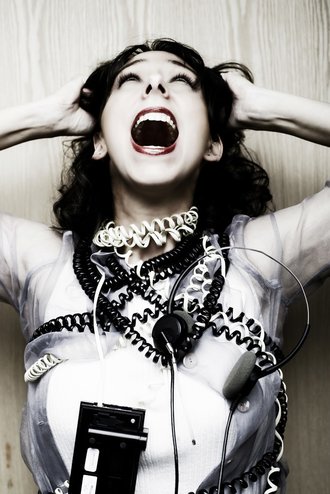 Tied to your worker role? Tied to your worker role? THOUGHTS AS ROLES So perhaps you see yourself a certain way - you have undertaken a role that is so important to you that the values of that role become the driving force in your life. That’s what we ALL do. Examples could be that you see yourself as:
The list goes on - there is no problem in having these roles with some awareness, but most of the time we don’t even notice because we are reacting impulsively to thoughts - these are the invisible TIES. We cannot be enlightened (free, easy-going, open) if we are bound to our roles tightly. Notice if you present your ‘image’ a certain way. If someone challenges you by saying “you are not a very nice person”) do you launch you into defense mode? If we didn’t hold onto these strong beliefs then we wouldn’t react to the challenges so much - they wouldn’t really touch us. And then we can respond as we wish, in an enlightened way. This might be defensive, but it would have a light touch and energy, because it is not needy. EGO - WHO YOU THINK YOU ARE Ego is part of nature - it helps us navigate social structures. Too much ego identification prevents us from remembering our true nature and from remembering that we are lucky to simply be alive, to have the gift of life. We might feel burdened by our roles so much, trapped by the compulsive thoughts and beliefs that we feel disconnected from our truth and from other beings. So this is what happens when we become identified with thought. LOOSEN THE TIES TO THOUGHTS; TAKE A SEAT So an invitation - sit down, take a few longer breaths, feeling into the body and watching the busy mind, then ask yourself these questions:
TIES TO IMPULSES 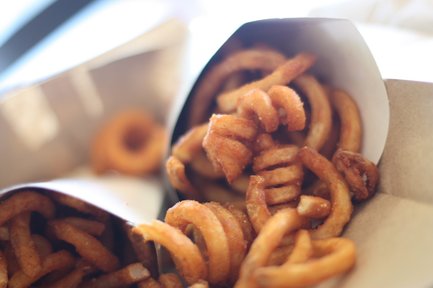 As soon as I see curly fries I detect cravings As soon as I see curly fries I detect cravings We often live on autopilot and sometimes we become reactive - you’ve been there, right? Itching every itch, nervously, feeling agitated and needing release? Or, on a more subtle level, you may notice a background tension of craving - wanting experiences, like needing to eat, or needing a cigarette or even needing to orgasm. You sense that without it you’ll become grumpy or frustrated - the emotional reaction tells us it is more than just a desire (want), it is a craving (a sense of need). I think of this as a ‘want----need’ spectrum. CRAVINGS Craving creates tension in the body, a sense of disempowerment and, if indulged regularly, it will create an identification with a small, separate sense of self that always needs something more. Chemically we can attribute this to the dopamine cycle - which means that hormones in the brain feed the pleasure sensors (release of tension) and then raise our threshold for more tension, meaning that if we want the same dopamine feeling again we have to take it to the next level. This could be based on work, shopping, computer games, sex, sport - anything! Building this pattern we become impulsive sensation-seekers - fixated on getting gratification, or to the next level but missing the scenery of the moment, the beauty of the process. We are focused on the fear of missing out (something I am very familiar with). This means we temporarily lose the ability to enjoy anything we do. AVERSION This needy pattern TIES us to the momentum of our greed or ambition and we will get dragged along until we are damaged enough to let go. The delaying of gratification (through getting on with our work, for instance) seems irritating and unpleasant. So we want to develop patience again. My method? Taking a SEAT, breathing well and witnessing it all play out. By doing this we challenge the mind’s assumption that you ‘need’ the experience and that not having it will be ‘unpleasant’. This way we slowly develop trust that we are ok without it and we can trust ourselves to handle difficult experiences. You can also use an exposure tool to experience reality - like cold-shower therapy, for example. LOOSEN THE TIES TO IMPULSES; TAKE A SEAT So an invitation - Imagine yourself in the midst of this wanting self..... exaggerate it... what's your body like? Feel it? Restless tension? Heart and emotions? Nervous and fearful of angry? Then ask yourself these questions:
Then.., come back to the body - take a SEAT and meditate. This process of meditation and self-enquiry will naturally loosen the TIES. Trust that the insights will come. TIES TO EMOTIONS 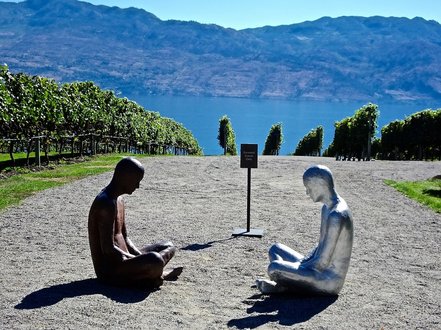 When we are in our reactive self, tied to thoughts and impulses it is inevitable that emotions will overwhelm us. Think of it like being in the sea, tied to a heavy weight. It’s hard to swim and so when the energy of the sea picks up and we get waves we will be battered around - overwhelmed and engulfed. By now you are getting the method I use - I take a SEAT and reflect where my emotions have become overwhelming - where am I reactive? Ask yourself:
In these areas we are not facing the truth - it seems too big of a ‘problem’. That is until we loosen the TIES - and again the way to do this is by taking a SEAT - stop struggling and watch the waves of emotion, connecting to the very thing you are avoiding connecting to: SENSATIONS Sensations can be intense. We then label them as pain or problematic, but look closer and you’ll see that all sensations are simply different intensity of movements, or vibrations. When you relax the labels and start to just breathe with them, experience them and accept them then you change your relationship with them, gradually and naturally. The old story loosens - they are no longer ‘awful’ or ‘frustrating’ or ‘unbearable’ but they might become ‘interesting’, ‘fascinating’ or ‘wonderful’ and then sometimes… just ‘sensation’. No label required - they just are. This is what we are cultivating in mindfulness; objective seeing. In order to get into this temporary perspective we must first open up to the sensations, without reaction, or even with a gentle and passive welcoming - we then reverse engineer the whole thing and start to accept the whole lot from the root of sensations. This frees us from the TIES and we start to take a SEAT and ride out the waves of emotions, with consciously chosen actions and focused thoughts - positive thoughts - that create what we want. We can be in it and choose how much we get involved in emotions, impulses and thoughts. ASK QUESTIONS, DO NOT CRAVE ANSWERS When we take a SEAT we realise how much the mind compulsively judges, reacts and anylises and we are invited to let it be, not resist, but also not add fuel. We allow it to play out and in doing this we use the breath and we use an attitude of calm, loving kindness. We can pose some questions as we do this:
Don't rush to answers, ask these question internally and stay with the curiosity for a few minutes. In this way we feel the depths of our SEA (Sensations, Emotions and Actions) without engaging too much with thoughts. This is you - the feeling, experiencing you, that is deeper than all the analysis and opinions and stories. Those things are simply the tip of the iceberg - the consciousness. There is a beautiful poem hints a bit deeper at the truth at which I write about here. Ultimately it must be experienced and poetry allows a taste of experience by stimulating emotion. The One Deep Inside Your Chest
0 Comments
Leave a Reply. |
AuthorsNeil Morbey is a meditation teacher, group facilitator and inspiration guide for Positively-Mindful.com Blog Index
Archives
May 2024
|
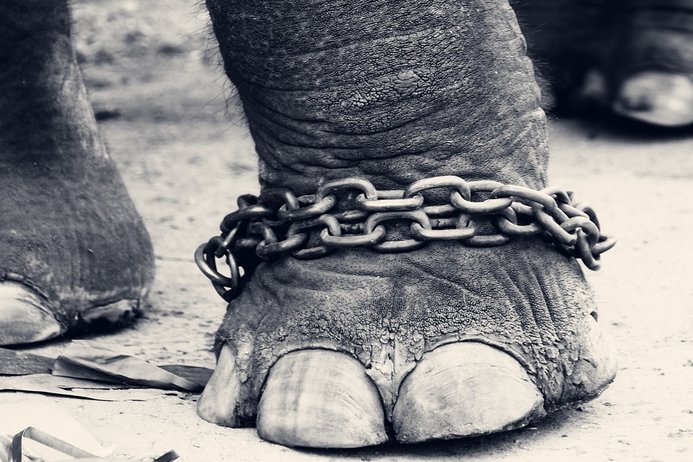
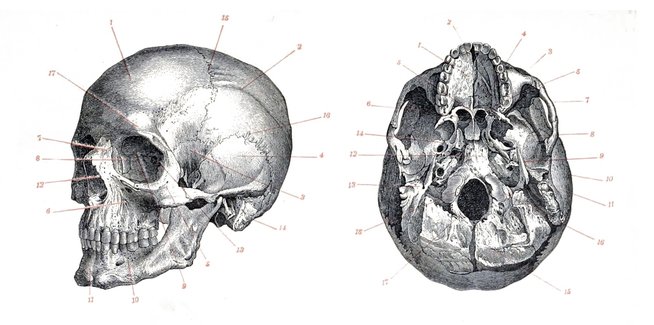
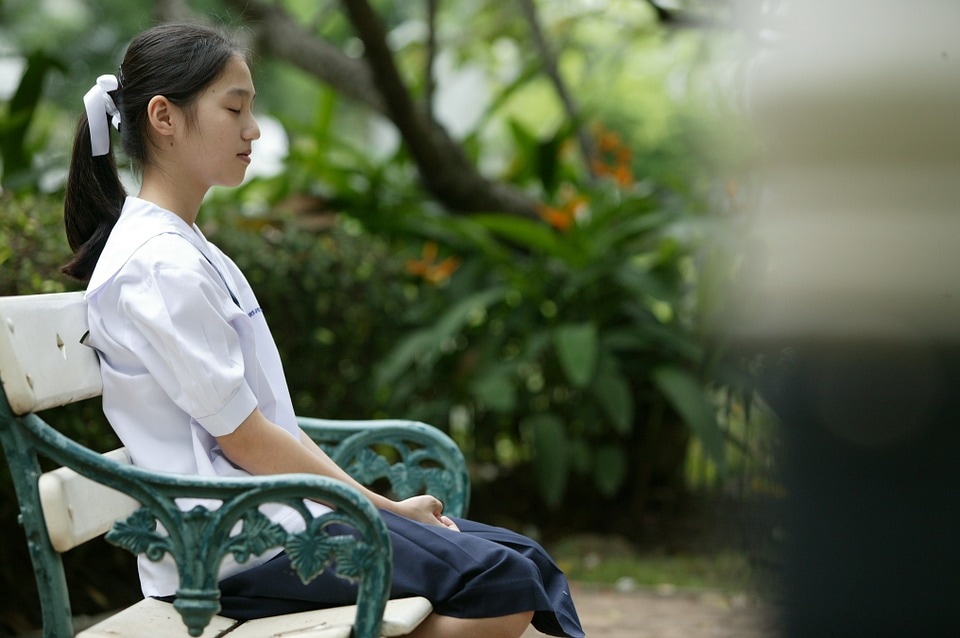
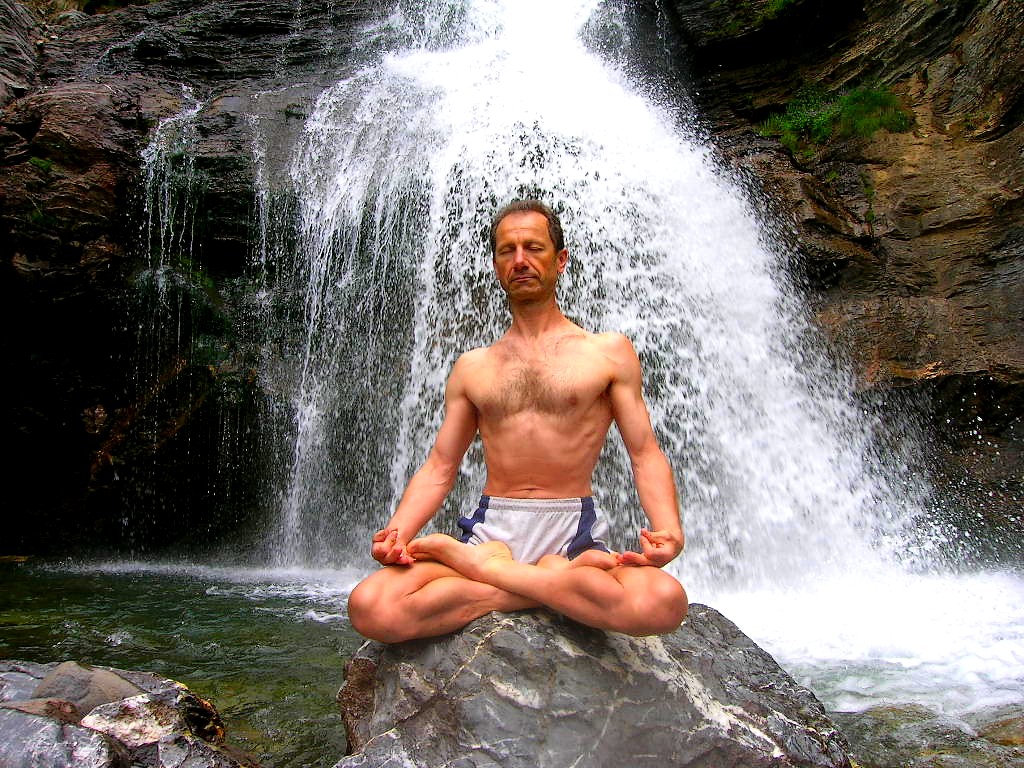
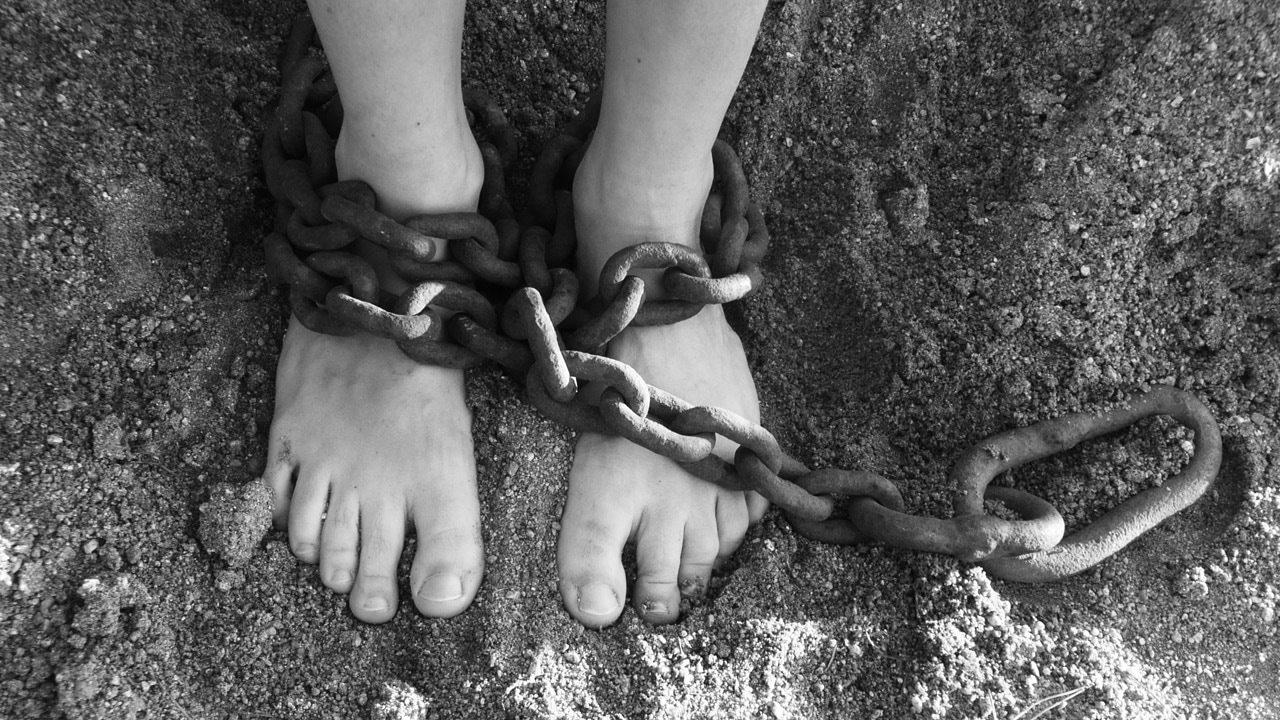
 RSS Feed
RSS Feed